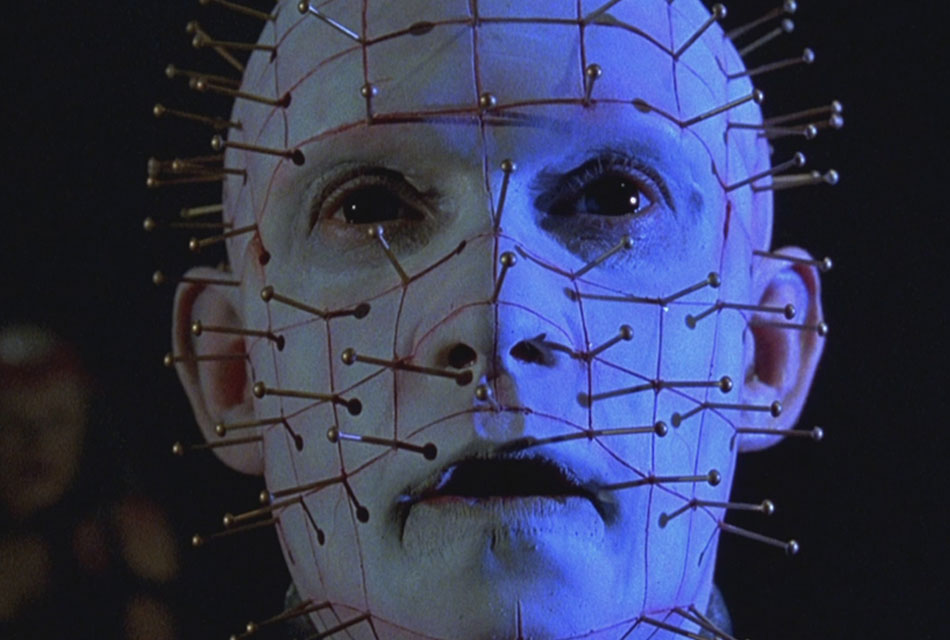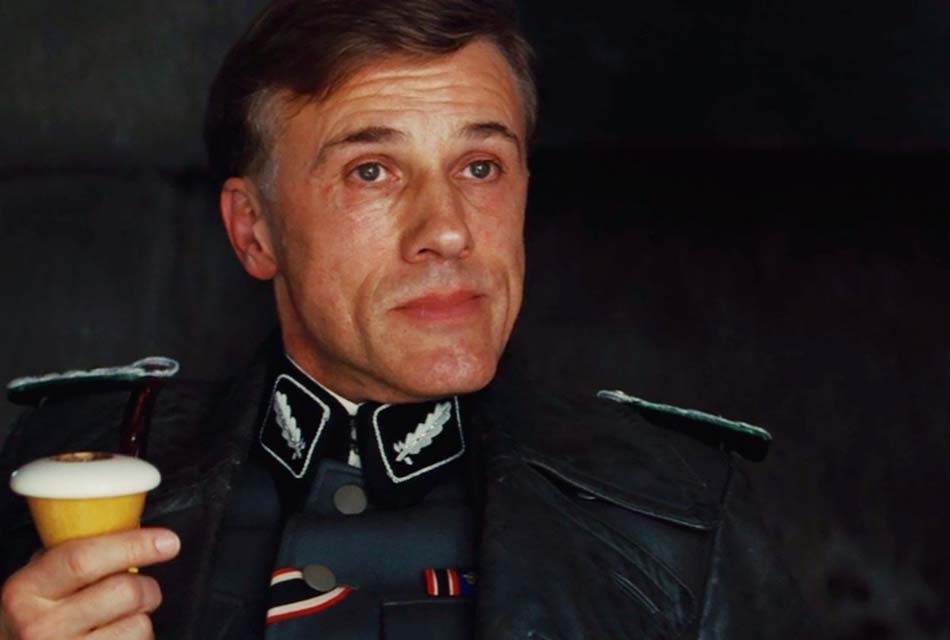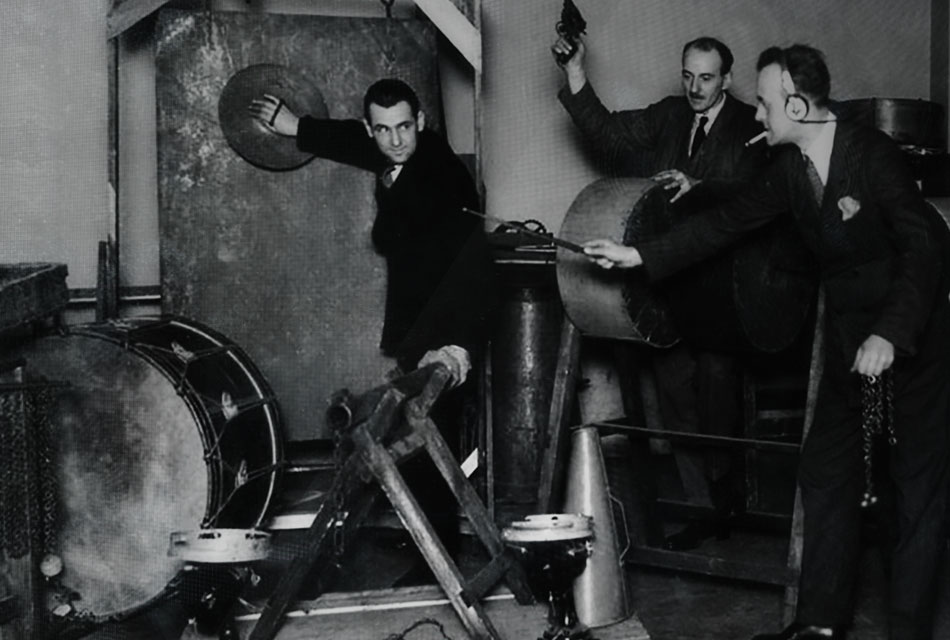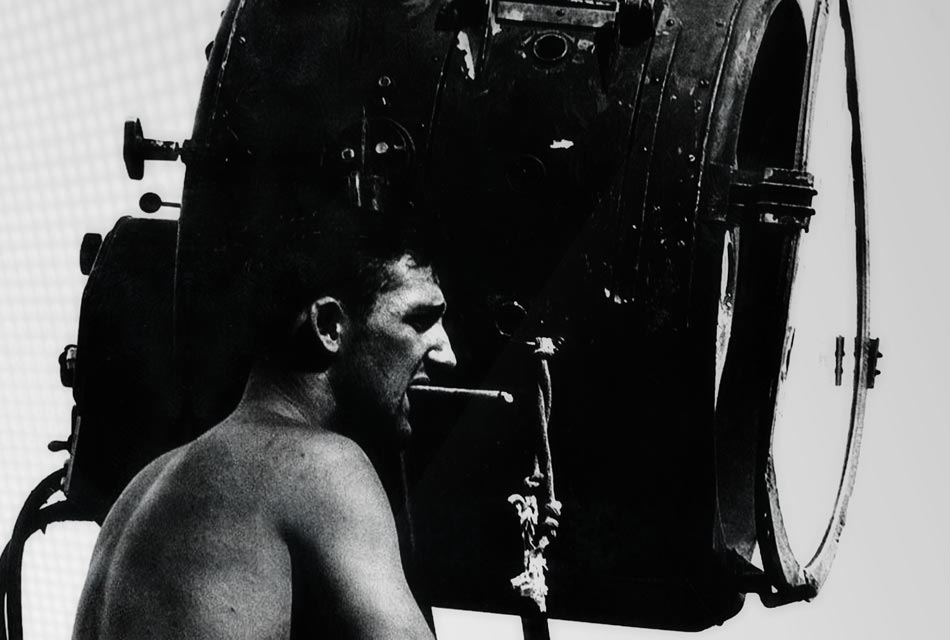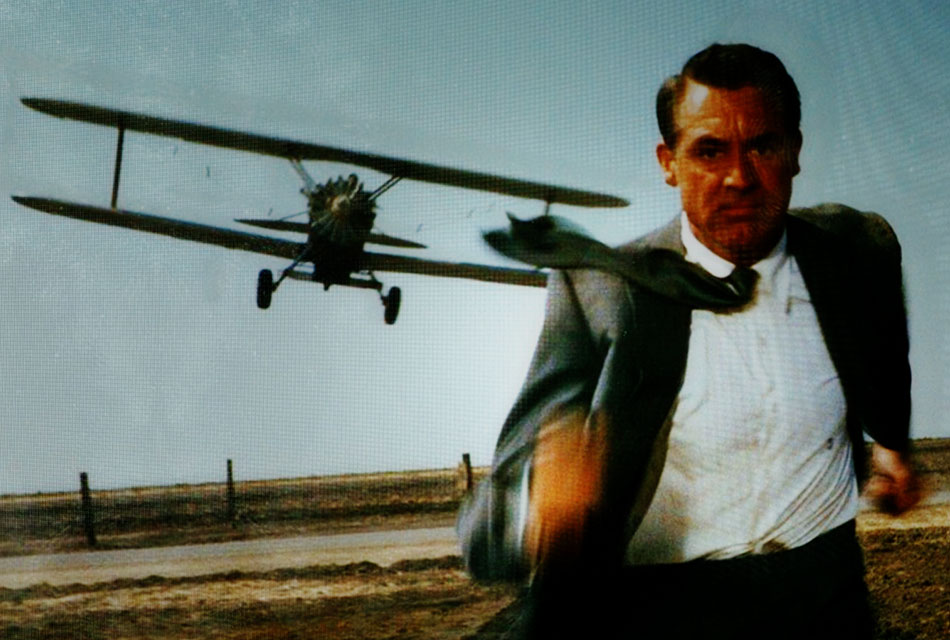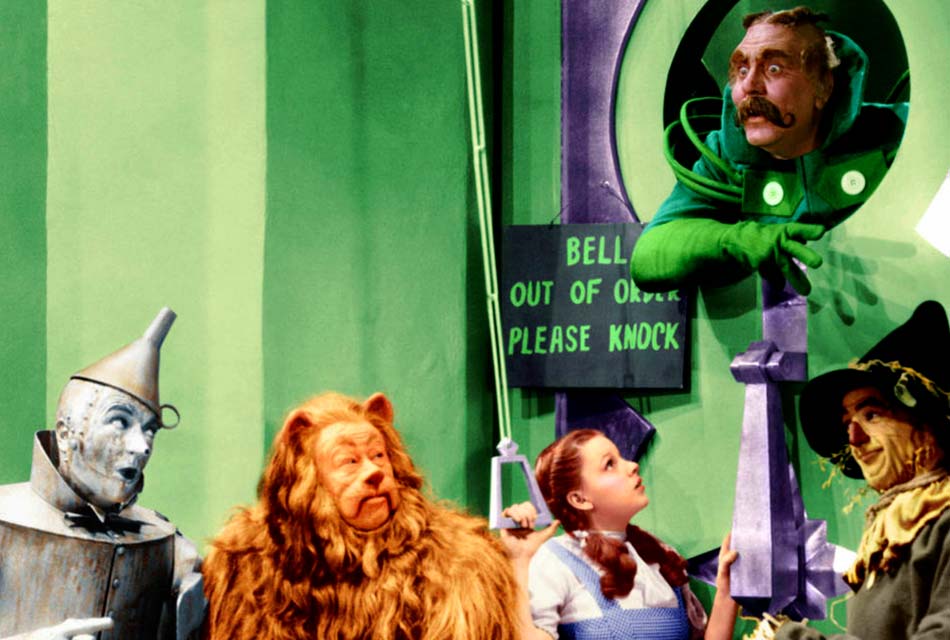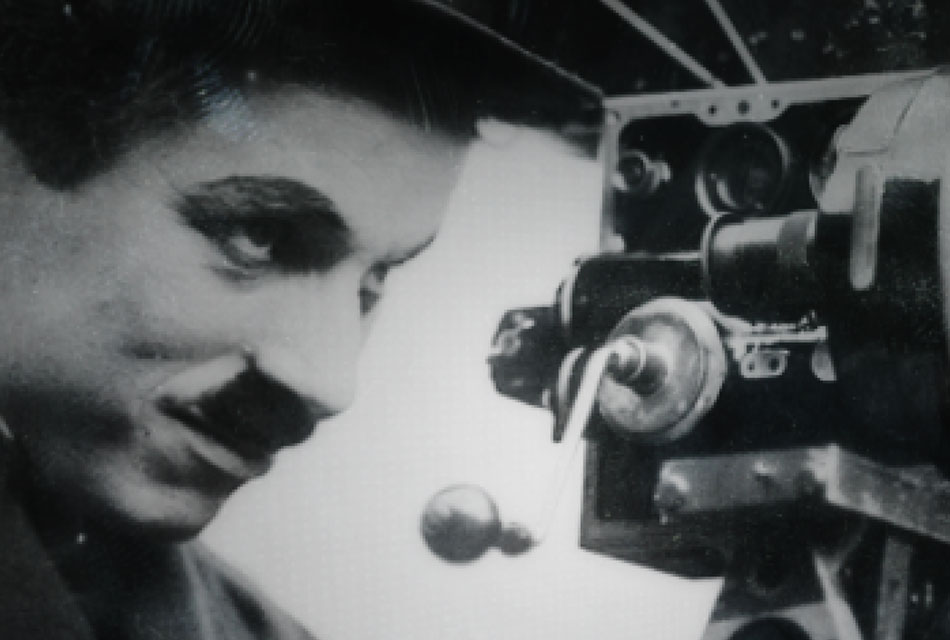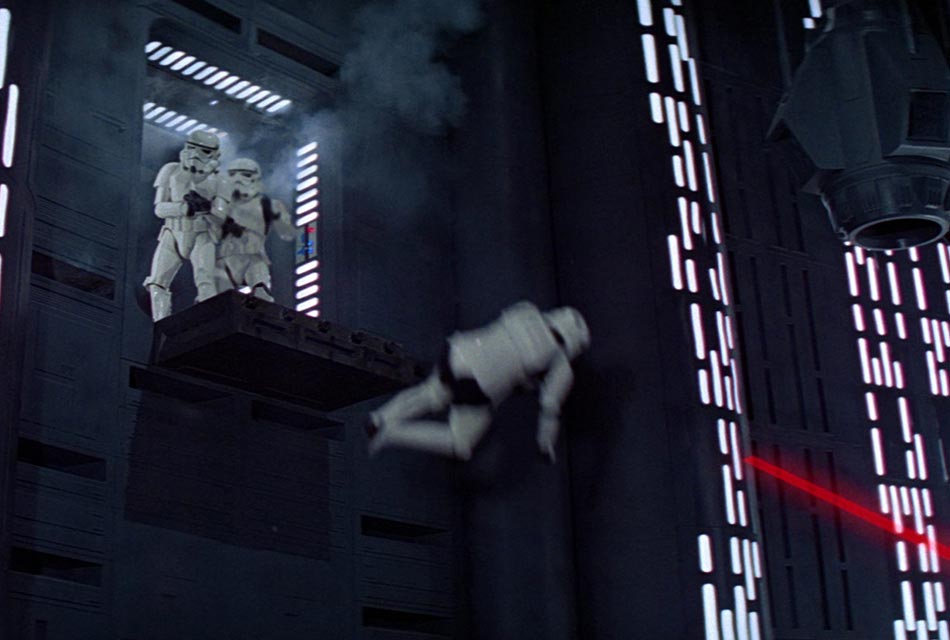The 'Jaws Zoom'
For the viewer, the visual distortion creates the same sense of defamiliarization as the on-screen character is experiencing. It is a visceral and unsettling effect. It draws the viewers eye to the main character’s features so that we share their feeling of unreality. The relationship between the character and their world has been changed in our perception.
The depth of field shrinks dramatically, closing in character(s) and audience alike, creating a claustrophobic feeling of being restricted and unable to escape. The two methods are to zoom out with the camera while dollying in or zoom in while dollying out.
You’ve probably seen this in Jaws (1975), in which cinematographer Bill Butler used the shot to great effect in the scene showing the second attack by the shark.

As the water boils red, Chief Martin Brody (Roy Scheider) realises that the shark has struck again.
Vertigo

An original poster for Hitchcock's 'Vertigo'
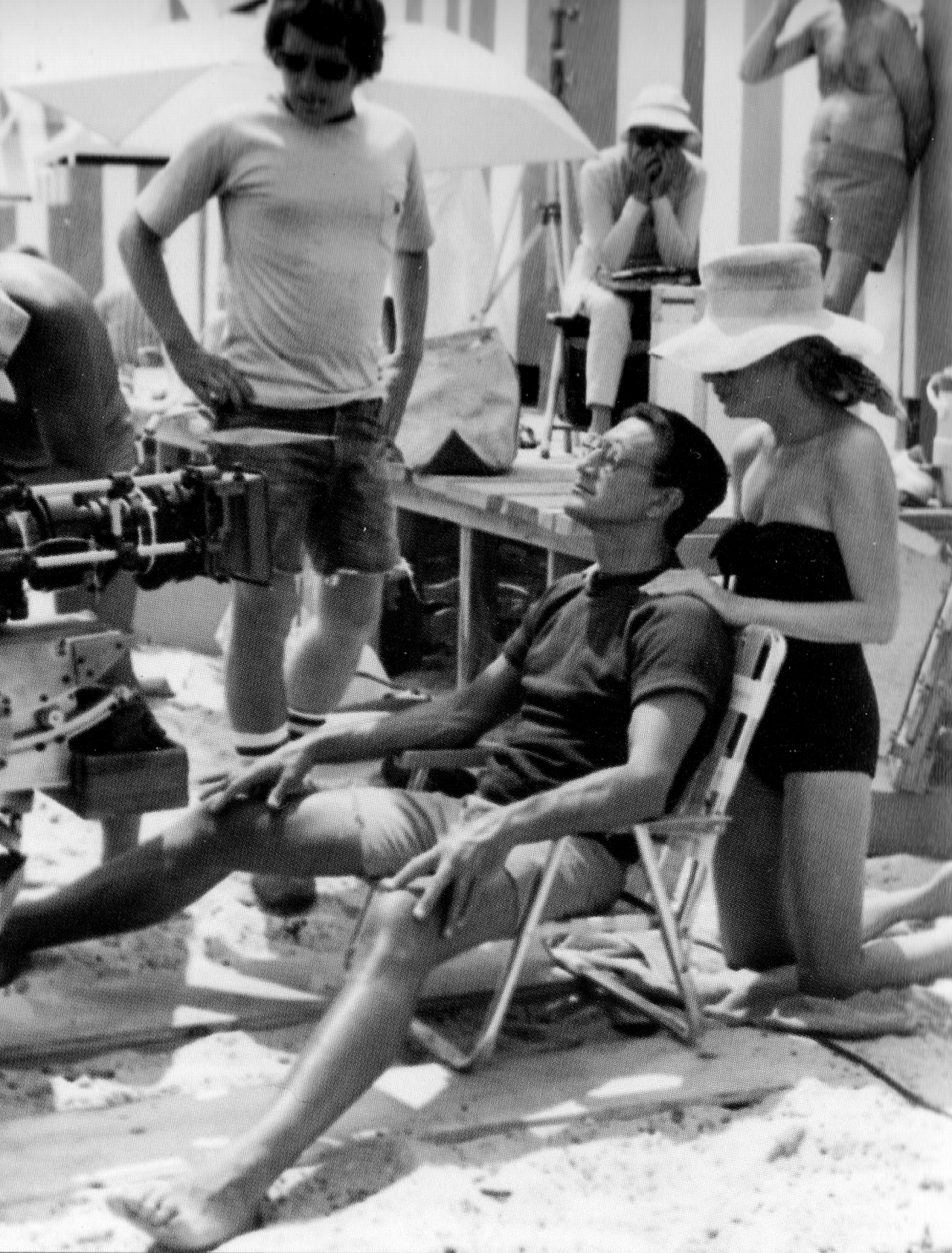
Steven Spielberg preparing to film the classic dolly zoom from Jaws (1975)

Spielberg directing Roy Scheider in Jaws (1975)
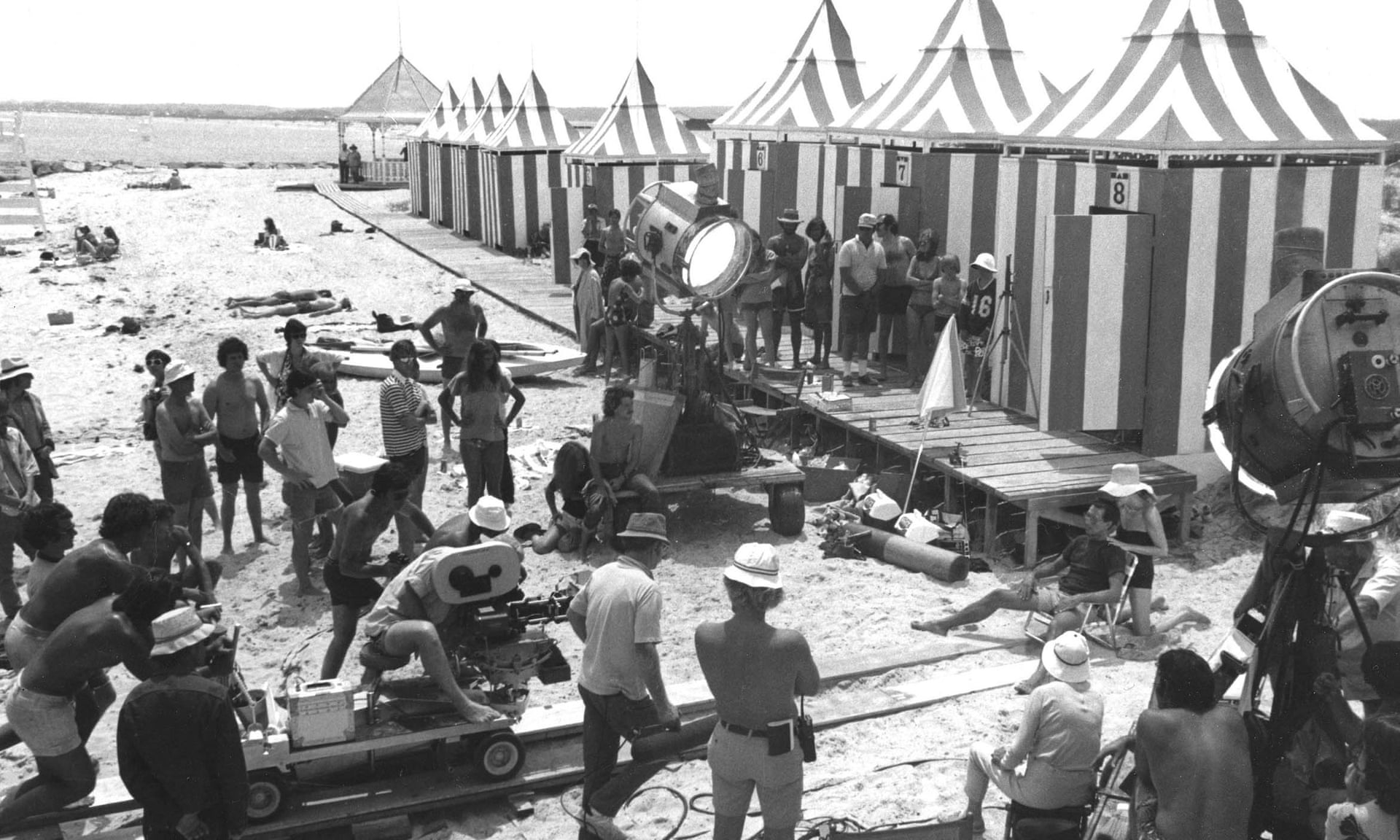
The full set up for the Jaws Zoom.

Scottie Ferguson’s (James Stewart) fear of heights and increasing estrangement from reality is conveyed to the audience through the use of this technique throughout the film.
Main Image Roy Scheider in 'Jaws' (1975) © Universal Pictures
Jaws behind the scenes images. Photographs: MPTVA/HA/LFI
'Vertigo' (1958) © Alfred J Hitchcock Productions / Paramount Pictures
